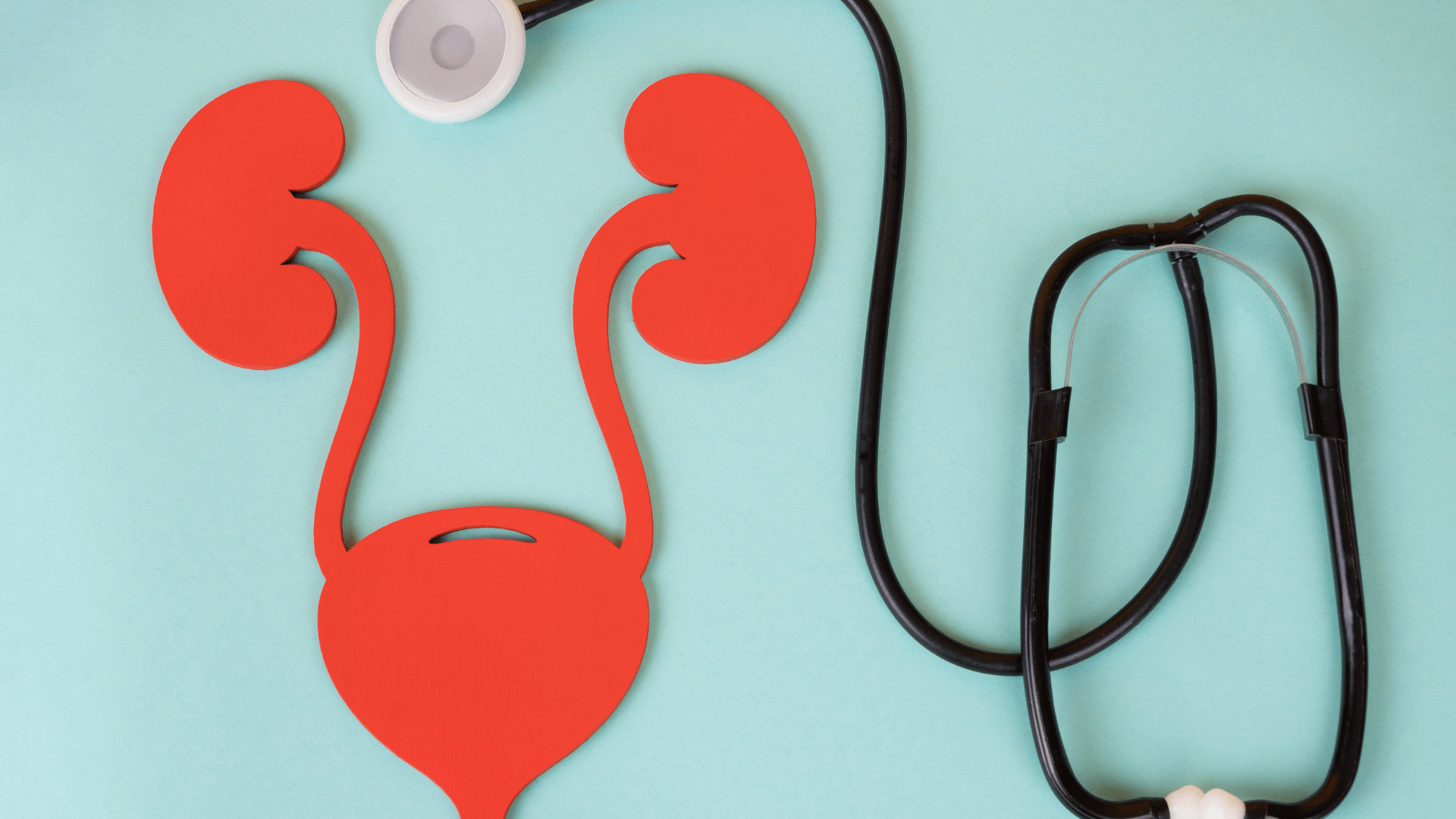If you’ve ever had a vaginal yeast infection, then you know it can be one of the most uncomfortable things. You’re sitting at work or at school, trying to focus and get things done, but all you can think about is that itch down there that won’t quit. You shift in your chair, cross and uncross your legs multiple times, and try to subtly scratch the itch just to get some relief, hoping no one notices.
They are annoying, uncomfortable, and for some women, they keep coming back no matter how many times they treat them.
Vaginal yeast infections aren’t exactly hot dinner table conversation topics, but they are incredibly common and definitely worth talking about. Let’s talk about what they are, how to know if you have one, and why they keep coming back.
Why Do Yeast Infections Happen?
A vaginal yeast infection is due to a type of fungus called Candida. Here’s the thing: Candida is normally present in small amounts in your vagina and usually lives peacefully without causing chaos.
The reason it doesn’t usually cause trouble is that your vagina has good bacteria (especially one called Lactobacilli) that keep the balance, and prevent the yeast from overgrowing. But when the balance tips, the good bacteria can’t keep Candida in check, which causes it to multiply, take over, and cause an infection.
Some things that could cause this imbalance and trigger an infection include:
- Antibiotics: Yes, antibiotics are great for killing bad bacteria, but they can also wipe out the good bacteria, including the ones that keep a leash on the yeast.
- Uncontrolled diabetes: Yeast has a sweet tooth — it loves sugar. If your blood sugar levels are consistently high, like in people with uncontrolled diabetes, more sugar ends up in your vaginal secretions, creating a perfect buffet for the Candida to grow.
- Hormonal changes: Changes in the levels of your hormones, like oestrogen and progesterone, due to pregnancy, the luteal phase of your menstrual cycle, or while taking hormonal birth control or hormonal therapy, can increase the risk. For example, higher levels of oestrogen can increase glycogen stores (aka your sugar stores) in your vaginal cells. This feeds the yeast and helps them grow.
- Weak immune system: Your immune system acts like soldiers that keep infections in check. When they are weak due to conditions like HIV, chemotherapy, or steroids, your body may struggle to control the growth of yeast.
- Moisture and heat: Candida loves warm, tight, and damp environments. Wearing tight synthetic underwear, sweaty gym clothes, or staying long in wet swimsuits can create the perfect breeding ground for yeast to thrive.
- Unhealthy vaginal practices: Your vaginal is actually self-cleaning. Doing things like douching, inserting herbs, soaps, or pearls into your vagina, or using scented feminine hygiene products can upset your vagina’s natural balance by stripping away protective bacteria, making it easier for yeast to grow.
Why Do Yeast Infections Keep Coming Back?
For some women, it feels like they are stuck in a never-ending loop. They treat a yeast infection, and before they know it, it comes back. If you’re in this category, know that you’re not alone. About 8% of women are stuck in this loop and experience recurrent yeast infections (4 or more infections in a year). This could happen due to:
- Incomplete treatment: Sometimes, even if you feel better after a short while with treatment, the infection doesn’t fully clear, especially if you don’t complete the doses as prescribed. This gives time for the yeast to regroup and come back.
- Resistant Candida strains: Yes, Candida causes yeast infection, but not all Candida are the same. Candida albicans is the most common type, but other strains like Candida glabrata don’t always respond to the standard antifungal medications.
- Underlying health issues: Uncontrolled diabetes, immune suppression, or hormonal changes can keep tipping the balance in yeast’s favor.
- Lifestyle/environmental triggers: Constant exposure to warm, moist conditions, like sweaty clothes, synthetic underwear, or hot tubs, can make the infections keep coming back.
How to Spot a Yeast Infection
Common symptoms of yeast infections include:
- Itching in the vagina and vulva (the outside area).
- Thick, white discharge that looks like cottage cheese (usually no strong smell).
- Redness and swelling of the vulva.
- Burning sensation, especially during urination or sex.
Note that other vaginal infections can have similar symptoms to a yeast infection. A quick way to know the difference is that if your discharge is thin, grayish, and fishy-smelling, then it might be bacterial vaginosis. If it’s frothy, yellow-green, and comes with burning or odour, that could be trichomoniasis. The best way to know 100% is to go to your doctor and get tested.
How to Prevent Yeast Infections
The good news is that you can lower your risk of having vaginal yeast infections. The trick is to keep your vaginal ecosystem happy by:
- Wearing breathable cotton underwear and avoiding tight synthetic fabrics.
- Changing out of wet clothes, including underwears, swimsuits, and gym clothing, quickly.
- Stopping unhealthy vaginal practices like douching and scented vaginal products.
- Avoid using antibiotics without a prescription. If you need antibiotics, ask your doctor whether you should also take probiotics to help restore healthy bacteria.
- Checking your blood sugar level and managing it with the help of your doctor if you have diabetes.
- Practicing safe sex. Condoms reduce the risk of introducing new bacteria or fungi that can disrupt vaginal flora.
- Strengthening your immune system by eating a balanced diet and avoiding stress as much as you can.
When to See a Doctor
It is smart to see a doctor if:
- This is your first vaginal infection, to identify if it is truly a yeast infection.
- You get four or more vaginal yeast infections in a year.
- You’re pregnant, diabetic, or immunocompromised.
- Over-the-counter treatments don’t help, or symptoms keep coming back.
- You notice unusual symptoms like a foul smell, greenish discharge, blisters, or pelvic pain, which could point to something else.
Final Thoughts
Having a vaginal yeast infection doesn’t mean you’re dirty. It simply means your vaginal balance has been tipped, which happens to so many women.
If you’re experiencing any of the symptoms above, you suspect you might have a vaginal yeast infection, or you keep having recurring yeast infections, don’t wait it out in silence. Click here to speak to a doctor and get the help that you need.
References
Vaginal Yeast Infection: Causes, Symptoms & Treatment
Vaginal Yeast Infection (Candidiasis) – Women’s Health Issues – MSD Manual Consumer Version





